Tree Conservation
1.JPG)
The Tree Preservation Commission of the Village of Franklin Park is a group of volunteer residents whose mission is promoting the many benefits trees provide our community and planet through education, events, and programs.
0
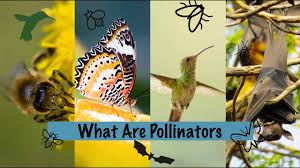
Pollinator Day Event - May 18
The Village of Franklin Park will host its first annual Pollinator Day on Saturday, May 18, from 11 AM until 1:30 PM at the Gazebo on Belmont. Bring the family and learn how to help pollinators thrive in your garden and enjoy honey samples and informational displays about bees, butterflies, moths, hummingbirds, and other insects and animals. Sponsored by the Village of Franklin Park Tree Preservation Board and the Bee Committee Village of Franklin Park, a Bee City USA. For more information contact: Andrew Smolen asmolen or Ramona Michael r.michr.mich@gmail.com.
0
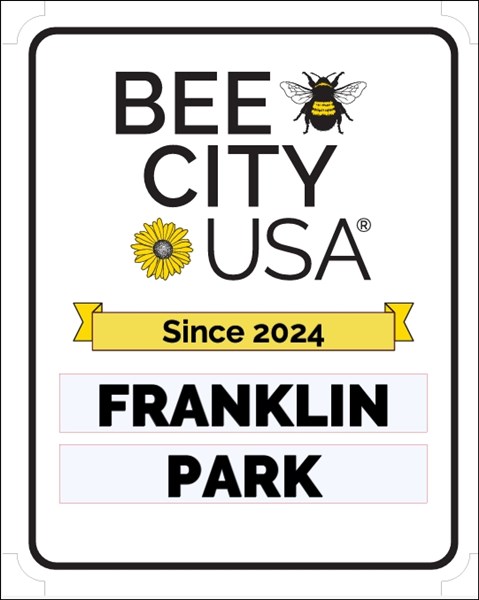
Franklin Park is a Bee City USA
The Village of Franklin Park has been certified as a Bee City USA affiliate, joining other cities in working to improve the environment for pollinators.
Research has shown that up to 40% of pollinator species on earth are at risk of extinction because of habitat loss, pesticide use, and climate disruption. The Village recognizes the importance of sustaining pollinators and is working to make Franklin Park more pollinator friendly.
More Info:Franklin_Park_Becomes_An_Affiliate_of_Bee_City_USA
0
FRANKLIN PARK NEEDS TREES!
Read the summary below to learn about why we need trees, which trees are most beneficial, and more!
How can trees benefit our community?
1. Save energy by reducing surface temperatures and shading buildings.
2. Store carbon dioxide and remove pollutants from the air.
3. Intercept stormwater and help reduce flooding.
4. Increase property values and make our communities more pleasant.
5. Improve health.
Chicago Region Tree Initiative Frankin Park Urban Forestry Summary
0
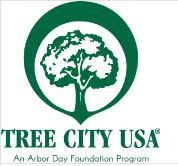
The Village of Franklin Park has been recognized as a Tree City for 11 years.
The Tree City USA program was founded in 1976 to celebrate towns and cities committed to growing their urban canopy. Led by the Arbor Day Foundation, with partners at USDA Forest Service and National Association of State Foresters, it provides the foundational framework necessary for communities to manage and expand their tree cover.
How can a tree benefit my home?
Using this calculator, type in your tree name and size and the results will estimate overall benefits in these categories:
Stormwater mitigation
Increased property value
Energy conservation
Air quality
Carbon dioxide (CO2) reduction
https://www.arborday.org/calculator/treeInfo
Read about more tree benefits here:
https://www.arborday.org/trees/index-benefits.cfm
Are you passionate about trees and considering a future dedicated to their care and management?
The TREE Fund provides scholarships for undergraduates pursuing careers in arboriculture, urban forestry, and associated fields.
Click the link to the tree fund website for more information: https://treefund.org/scholarships
Spanish Tree Worker Training – Climbing, Rigging, Felling, & Aerial Rescue
All classes will be taught in Spanish. https://illinoisarborist.org/spanish-tree-worker-training-climbing-rigging-removal/
0
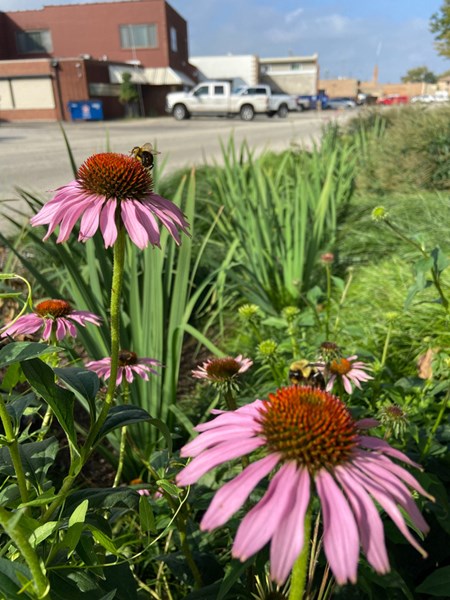
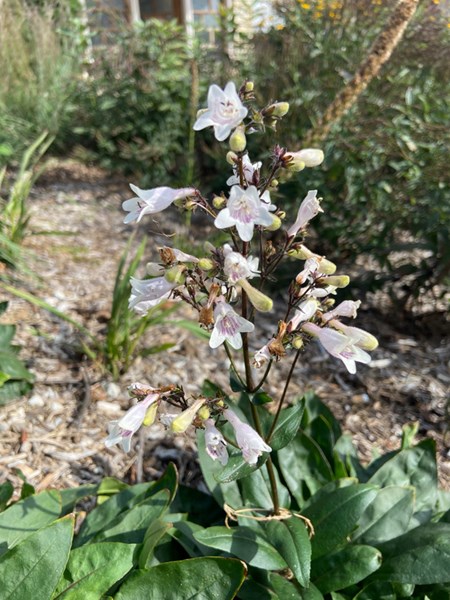
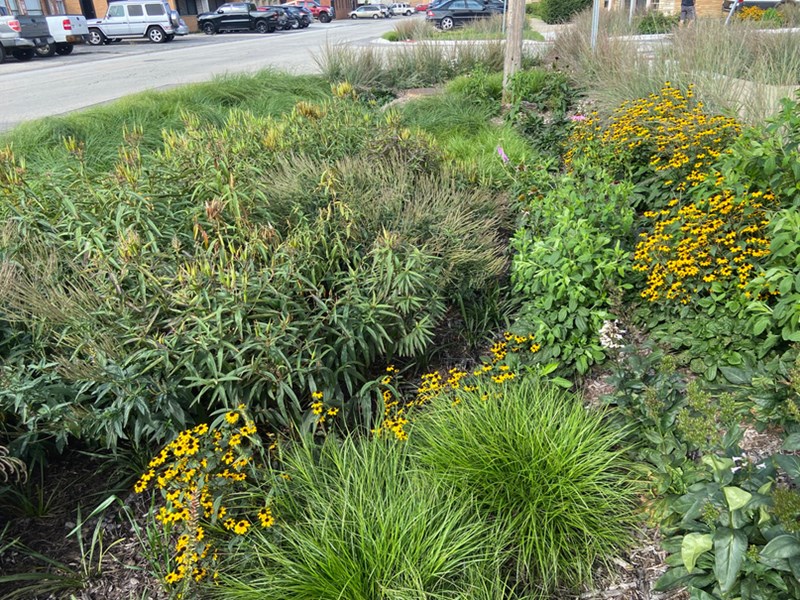
Have you seen the Rain Gardens in Franklin Park?
0
Latest News:
0
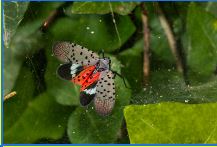
(Spotted lanternfly - Photo by Stephen Ausmus, USDA Agricultural Research Service)
The spotted lanternfly (Lycorma delicatula) is an invasive plant hopper from China that was first detected in North America in 2014. Juvenile spotted lanternflies, known as nymphs, and adults prefer to feed on the invasive tree of heaven (Ailanthus altissima) but also feed on a wide range of crops and plants, including grapes, apples, hops, walnuts and hardwood trees. We do not have enough data to determine the impact on agriculture. Thus far, vineyards have been the most adversely affected agricultural commodity, mostly due to SLF acting as a stressor to vines. As they feed, the pest leaves behind a sticky, sugary residue called honeydew that attracts other insects and promotes sooty mold growth which can further damage the plant.
Spotted lanternfly is a hitchhiking pest. It lays eggs on almost any surface—vehicles, trailers, outdoor equipment, and patio furniture—and the eggs can be spread long distances when people travel and move these items. Early detection is critical to stopping the pest from spreading, and the public plays a key role in detecting spotted lanternfly. Look for and report signs of the pest. Also inspect your vehicle and packed items for lanternfly egg masses, nymphs, and adults—and destroy these life stages of the pest to stop them from spreading.
REPORT SIGHTINGS HERE:If you believe you have found the spotted lanternfly in Illinois, send a photo and a detailed email to lanternfly@illinois.edu including where, when, and the specifics of the location. In addition, contact the Illinois Department of Agriculture at (815) 787-5476.
0
0
0
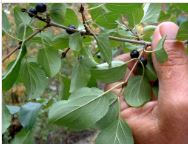
Why is Buckthorn a problem?
Information about invasive trees/shrubs from Morton Arboretum
Click here
0
0